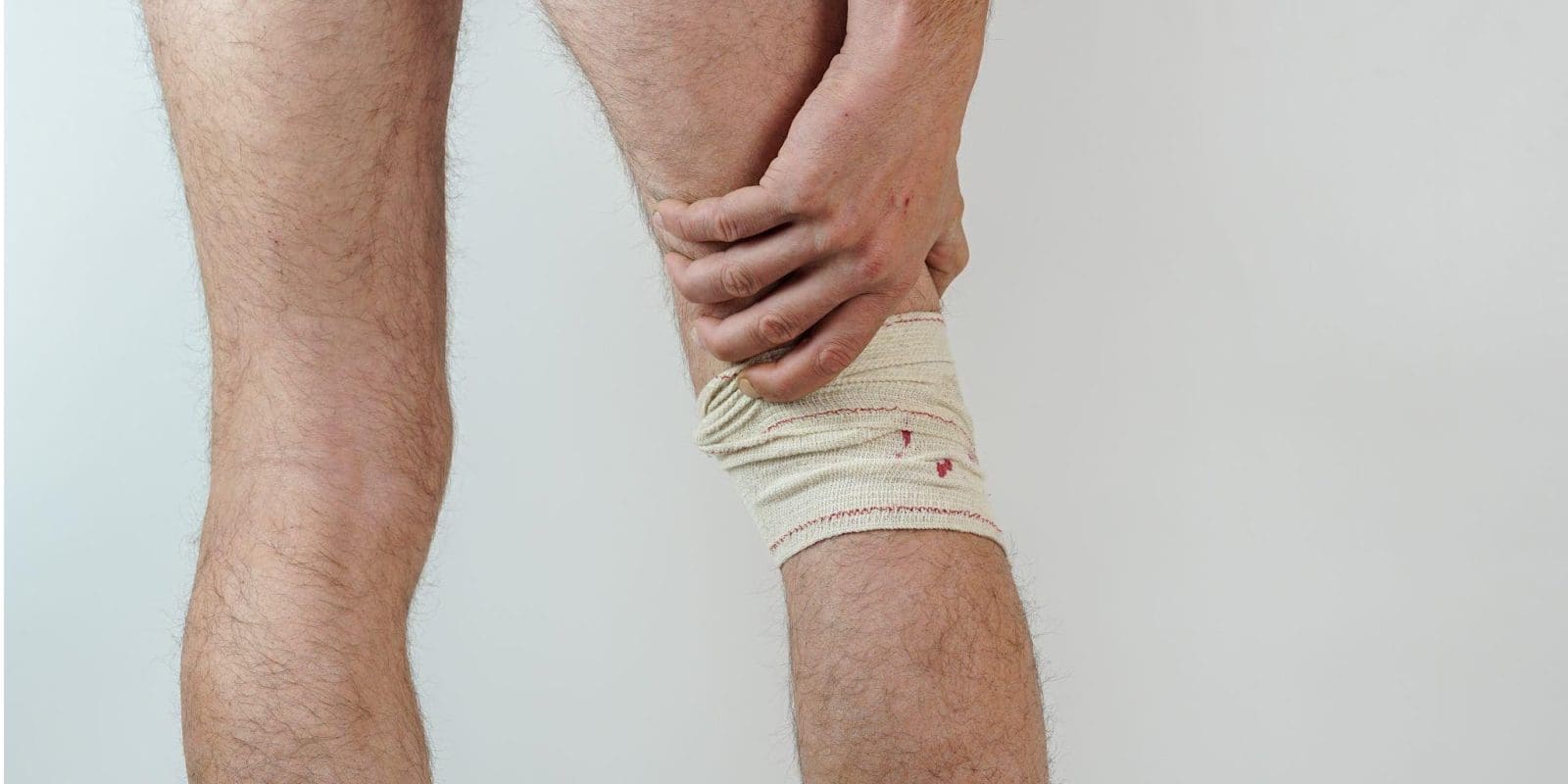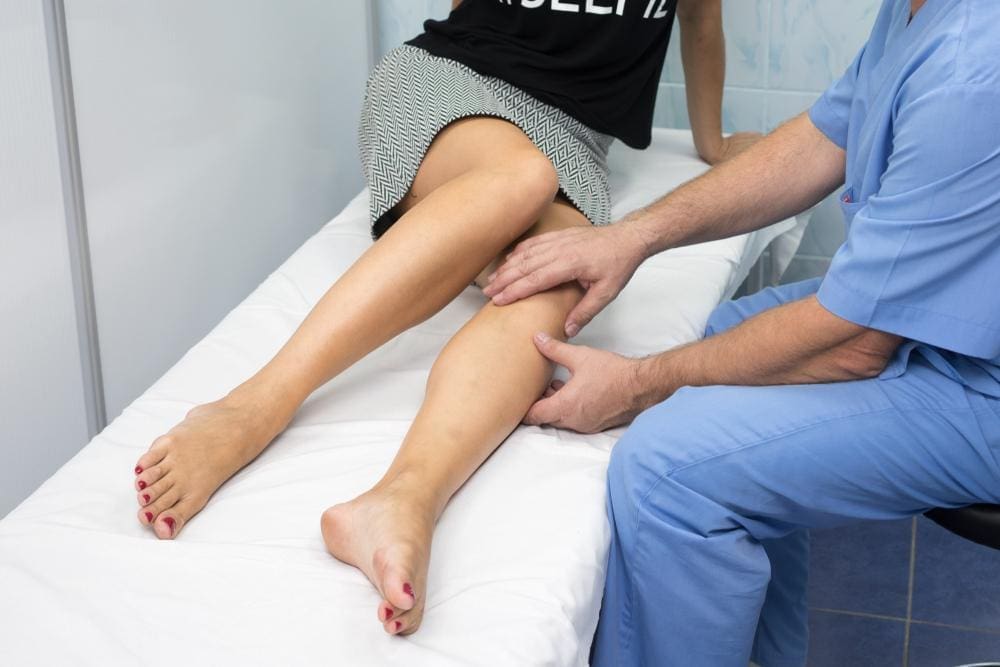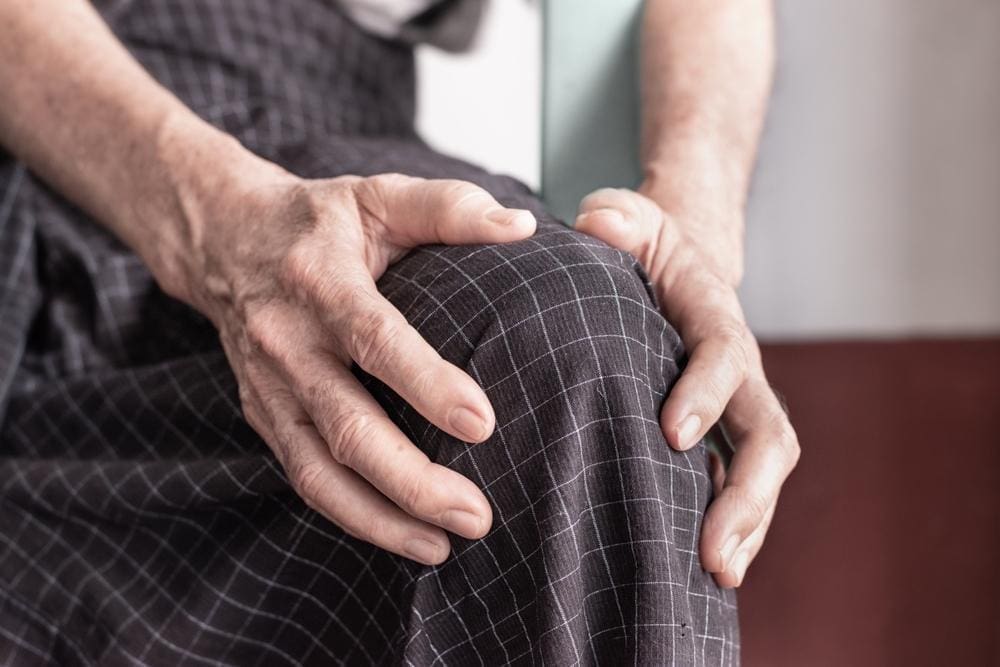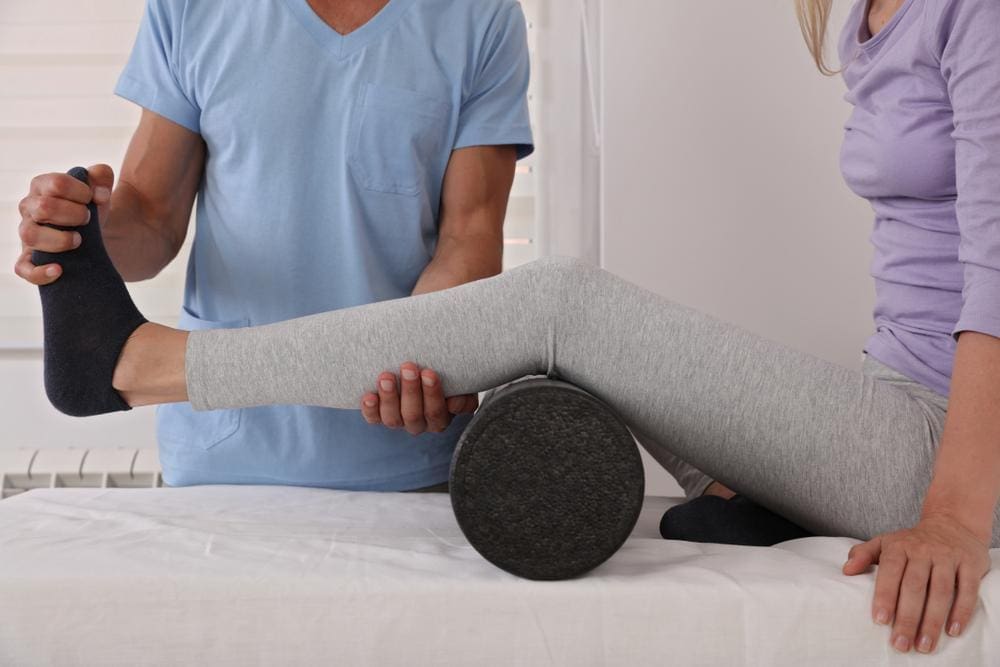
Chiropractic care is one of the most effective treatments for baker’s cysts because a chiropractor determines and treats the underlying cause of the problem. This promotes safe and natural healing without medication or surgical procedures.
A baker’s cyst is a fluid-filled cyst that grows behind the knee. It’s occasionally painful but more often causes a feeling of tightness and discomfort. For most people, pain arises during certain activities, such as straightening the leg or bending the knee.
In most cases, baker’s cysts are a secondary medical issue related to a primary problem like arthritis or a tear in the cartilage. The best way to treat this type of cyst is to treat that primary cause.
Baker’s cysts occur when synovial fluid backs up in the back of the knee. The most common causes of this include:
Pain may or may not occur with a baker’s cyst. Other symptoms include:
Symptoms tend to worsen after inactivity or long periods of sitting or standing.
Yes. When the cyst's underlying cause is treated, it often goes away on its own.

It varies based on the cause. Treating the underlying cause speeds up the healing of the cyst. If left untreated, the cyst is unlikely to go away unless the underlying cause is cured.
There are several appropriate treatment options for baker’s cysts. These are sometimes used in conjunction to provide a comprehensive approach to fast healing.
Treatment options include:
Most of the time, medications recommended for baker’s cysts are over-the-counter pain relievers. This includes acetaminophen and ibuprofen, both of which also reduce inflammation.
In addition to OTC medications, some people benefit from steroid injections, such as cortisone. This also reduces inflammation and sometimes lessens the size of the cyst.
Physical therapy exercises:
This can alleviate pain and preserve the function of the knee.
In some cases, patients need surgery for their baker’s cyst.
Draining the cyst is a minor procedure that reduces its size. It’s relatively safe and usually improves a person’s condition.
Arthroscopic surgery might be needed when the cyst is related to a joint problem. This is often the case when a cartilage tear causes the cyst. While repairing the cartilage, the surgeon drains the cyst's fluid.

Surgery is rarely needed to remove a cyst. In most cases, it’s only recommended after all other treatment options are exhausted, and there’s pain or the cyst interferes with daily life.
You can do several exercises at home or with the guidance of a physical therapist that help with baker’s cysts. For example:
You might want to avoid certain activities if you have a baker’s cyst. This is especially true if you’re experiencing pain caused by the cyst.
In many cases, the cyst puts pressure on your joint, which means you’ll have difficulty bending your knee. Don’t force bending or straightening if it’s too painful. Instead, you can work with a physical therapist to keep your knee flexible and mobile.
Remember, a baker’s cyst can burst. If this happens, the fluid from the cyst leaks into the calf, which causes swelling and usually intense pain. A burst cyst might also cause redness or the feeling of water running over the affected area.
You should seek immediate medical attention if you believe a baker’s cyst has burst. While the burst cyst isn’t serious, the symptoms mimic a blood clot in the leg, which can be of fatal concern.
Chiropractic care is one of the most effective options for treating a baker’s cyst.
It’s non-invasive and helps you avoid needing medication, surgery, and other procedures.
Chiropractors assess the cyst and conduct diagnostic testing to determine what’s causing the cyst. From there, they can determine the best course of treatment.
In some cases, an older injury causes the cyst to develop. This is most common when the joint is stressed or tense. A chiropractic adjustment is also helpful when the cyst is caused by arthritis.

Chiropractors bring the body back into alignment, which alleviates the problem. This helps reduce inflammation, pain, and swelling.
Baker’s cysts are not serious medical concerns, but they can interfere a great deal with daily life and cause pain. These cysts are usually caused by other conditions, including arthritis or joint injury. If you have a baker’s cyst that’s causing you pain or discomfort, chiropractic care will help restore mobility and treat the underlying cause of the problem.

© Accident Care Chiropractic | Hablamos Español
Located in: North Portland, NE Portland, SE Portland, Gresham, Clackamas, Oregon City, Hillsboro, Bethany, Beaverton, Tigard, Forest Grove, Woodburn,
McMinnville, Keizer, Salem, South Salem, Bend, Springfield, Vancouver, Hazel Dell, East Vancouver, Pasco, Kennewick, Lakewood.
We Specialize in Car Accident Treatment & Recovery
Home | About Us | Testimonials | Blog | Sitemap | Privacy Policy | Services | Locations | Contact Us